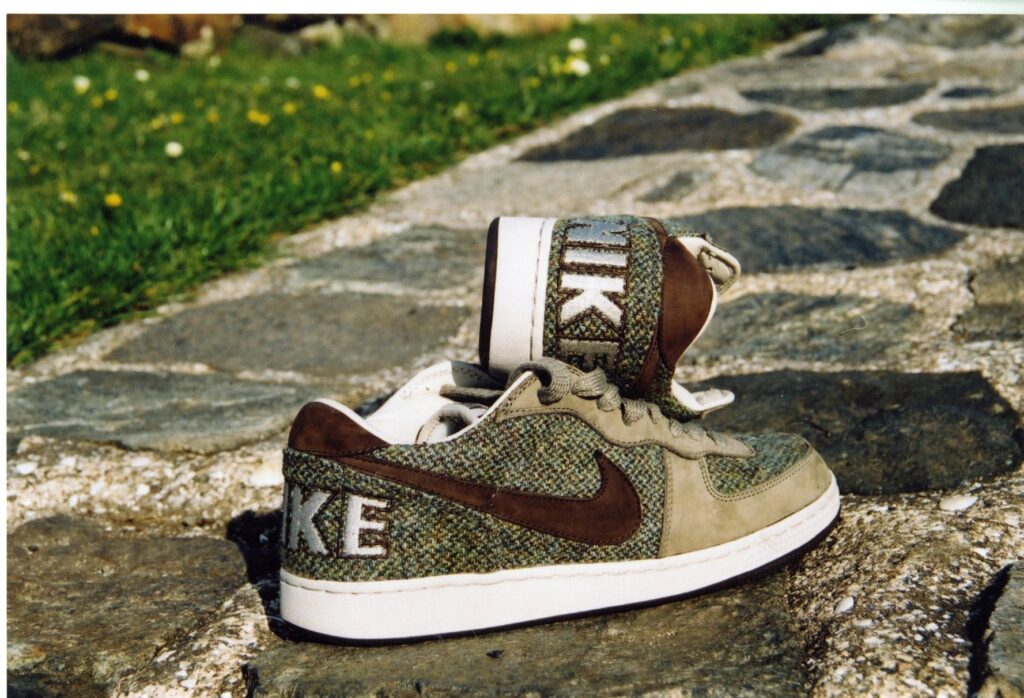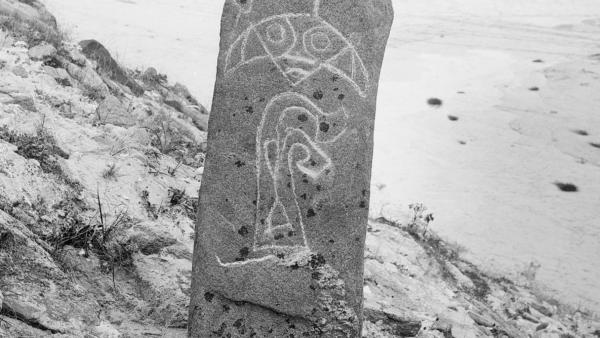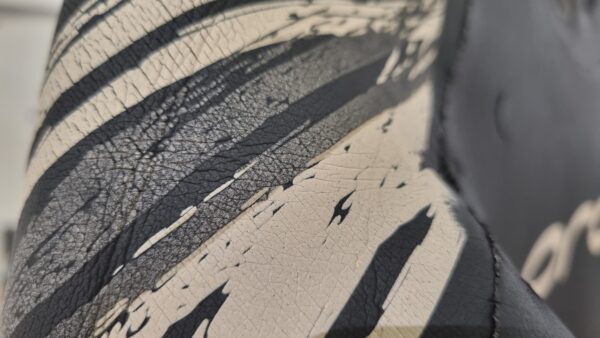
Cruinneachadh a’ Chlò Hearaich
Tha na h-eileanan ainmeil airson a bhith a’ dèanamh Clò Hearach. Tha an fhianais as tràithe airson a bhith a’ fighe clòimh na aodach a’ dol air ais gu Linn an Iarainn, còrr air 2000 mhìle bliadhna air ais agus tha e an ìre mhath cinnteach gun robh e air a dhèanamh fada ron sin.
Since that time, making woollen cloth was an important domestic craft. It was carried on in the house, using the wool from the family’s sheep, for clothing and blankets. There is later evidence that cloth was used to pay the rent on the family land and exported by landlords and merchants to mainland Scotland.
Around the mid 19th century, Lady Dunmore, wife of the proprietor of Harris, began to market the local cloth on the mainland – hence its name, Harris Tweed. This was the beginnings of the industry which was soon taken up in Lewis, too. Other employment opportunities on the islands were few at this time and since the industry was based on the home, it could be fitted in around the demands of the croft.
The manufacture of tweed continued to be carried out by the traditional hand methods. These were slow and limited the output of the finished tweed. At the beginning of last century the first mechanisation was introduced and soon all but the weaving of the cloth was carried out by machinery in mills.
As you would expect, Museum nan Eilean has a substantial Harris Tweed collection including tweed cloth samples, trade stamps, labels and fashion items. The museum also manages the Angus Macleod Calbost Collection on behalf of the Calbost Trust which is strong on Harris Tweed.
Airson tar-shealladh mu sgeulachd a’ Chlò Hearaich agus tuilleadh fiosrachaidh mun dòigh anns a bheil e air a riochdachadh an dà chuid ann an cruinneachaidhean a’ mhuseum agus an tasglainn, faic an t-artaigeal againn ann am Foillsich.
Ionnsaich barrachd mun còrr den chruinneachadh aodach fighte againn ann an seo.
Gu h-ìosal tha eisimpleirean de Chlò Hearach bhon chruinneachadh againn.
Dèan clioc air na h-ìomhaighean gu h-ìosal gus a dhol tron ghaileiridh ìomhaighean againn:









